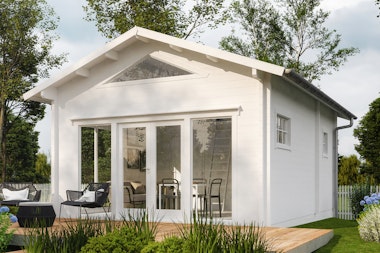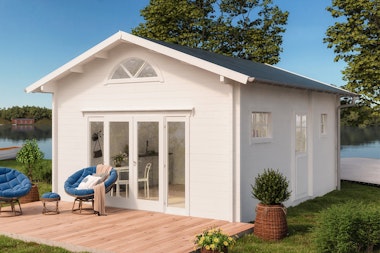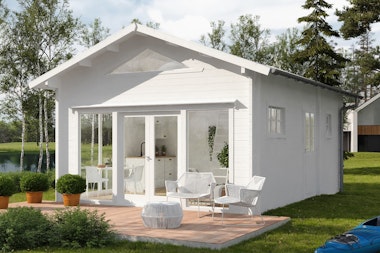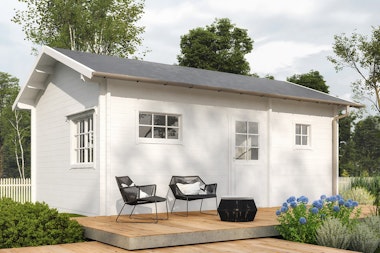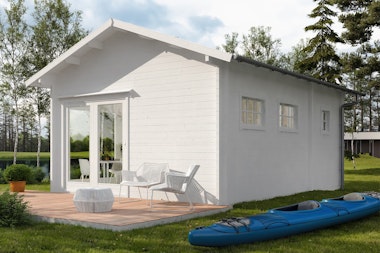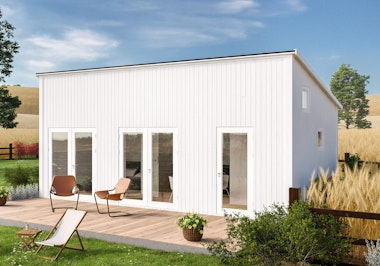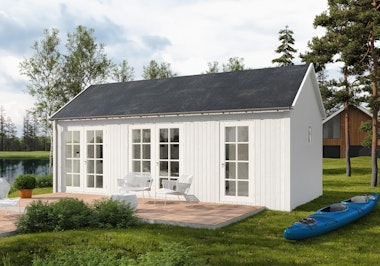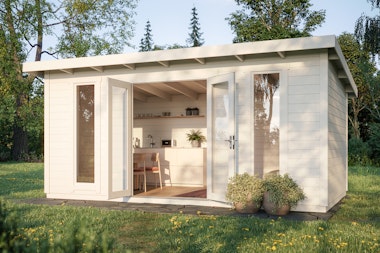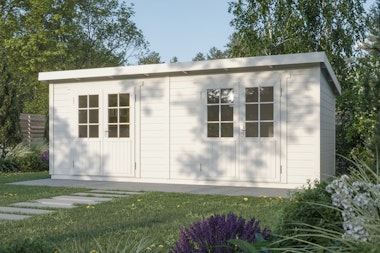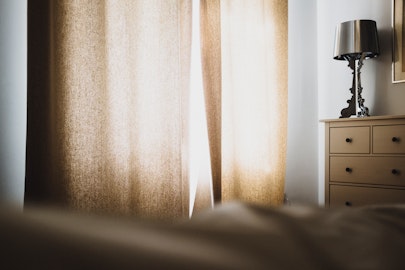
Choosing the right type of heating
Andreas Lindberg / 2 min reading / Garden house, Holiday cottage, Small garden sheds
Even if you don't intend to heat your garden room or garden house so you can use it during the colder seasons, you should install some kind of frost protection if it's connected to water, as you don't want to have to empty out the whole system every year.
Anyone who intends to use their house as a permanent residence, or at least be able to have it as a guest house even in winter, needs to first and foremost insulate the house. Thicker walls mean lower heating costs, because the heat would otherwise leak out, which would be a waste of energy.
An advantage of small houses is that they're significantly cheaper to heat than larger houses, so the number of options is greater. To get the most out of your house, it's important to choose the right type of heating system. Below are some of the most common options.
Direct electric heat
This is by far the easiest way to heat a house. If you go with plug-in radiators, you don't even need to hire an electrician to connect them. Just head to your nearest electrical shop or hardware store and buy a some reasonably sized radiators, then return home and plug them into the wall.
In a larger house, direct electric heating is far too inefficient to be a good choice (not to mention the environmental concerns). For a garden room, on the other hand, it's a clear first choice, precisely because it's so easy to set up and doesn’t require a large financial investment. If you haven't been planning on using the house that much in the winter, it's difficult to find a better alternative, financially speaking.
Oil-filled radiators have recently become more common, as they provide comfortable and even heating. These traditional electric radiators are a little cheaper than others, but with the disadvantage that the air can become very dry, which can be problematic in a small house.
Wood-burning stoves
The old saying goes that wood heats you three times - when you chop the wood, when you carry it in and when you light the fire. You can buy ready-cut firewood and have it delivered to your door, but that's a bit more expensive, plus you won't get the exercise.
The main advantage of burning wood for heating is that it quickly heats up your house, even if the house has been cold for a while. This is especially practical if you don't use the house very often. Also, if you have overnight guests at short notice, the building can be heated up in just a few hours. A wood stove can also be combined with electrical radiators, which gives you standard electric heating for everyday use, with an extra boost from the fire when you want fast heat at a slightly lower price.
The upfront cost of using wood for heat is higher than electric radiators. The chimney and stove don't come cheap, although stoves can be found second-hand. However, the cosiness of a crackling birch wood fire, with its characteristic aroma, is priceless.
Air source heat pump
With an air source heat pump, heating costs can be noticeably lower than with electric heating. The initial investment is significantly higher, but with today's efficient pumps it's definitely worth considering for a garden house.
Let's take a closer look at the air source heat pump. Basically, it's a box that you put up on an outer wall, which extracts warm air from the outdoor air and blows it into the house. You could say it's like a fridge but in the other direction. The air is free, of course, but the pump itself costs money to buy and to use. However, this system has become more efficient in recent years and is becoming increasingly popular.
An air/water heat pump works the same way, but instead of blowing in hot air, it heats the water for the radiators in the house. It's a little more complicated, and in a house of 25 square metres (269 square feet) or less, it can feel like an unnecessary luxury
Solar panels
The sun is as free as the air and in a small house that's not used often, solar panels on the roof can be a good solution for heating and lighting. Solar panels installed on the roof charge the batteries that then power lamps and air source heat pumps.
If you live in the house full time and want a boiler, a home cinema system, a few computers and an electric cooker, solar panels won’t be enough to cover all your needs. This is especially the case in winter, as it's the season with the highest demand for heat and, unfortunately, the least sun and daylight. However, you can still consider solar energy as one of your options.
Other options
Your options depend on your needs and what type of heating the other buildings in the vicinity have. Maybe having a new garden house can encourage you look more closely at energy alternatives you were already interested in, such as geothermal, marine energy, district heating, wind power, etc. Drilling to access geothermal heat just to heat a garden house would be as crazy as installing a
The best way to get started - our guide!
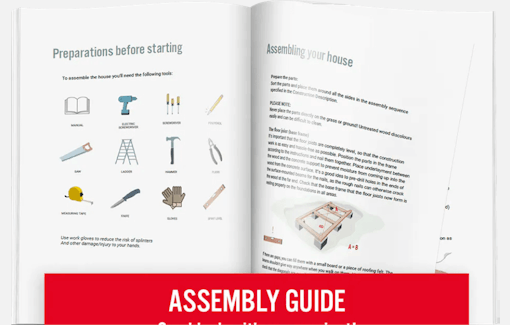
The best way to get started - our guide!
The assembly guide contains valuable tips and advice from our construction experts. A good base and a manual for those who plan to assemble the house themselves. We walk you through what’s important to consider before starting construction, the foundation options our experts recommend, and how the assembly works.
Read all about this and much more in our guide. We will send the assembly guide free of charge to your email. Good luck with your project!


